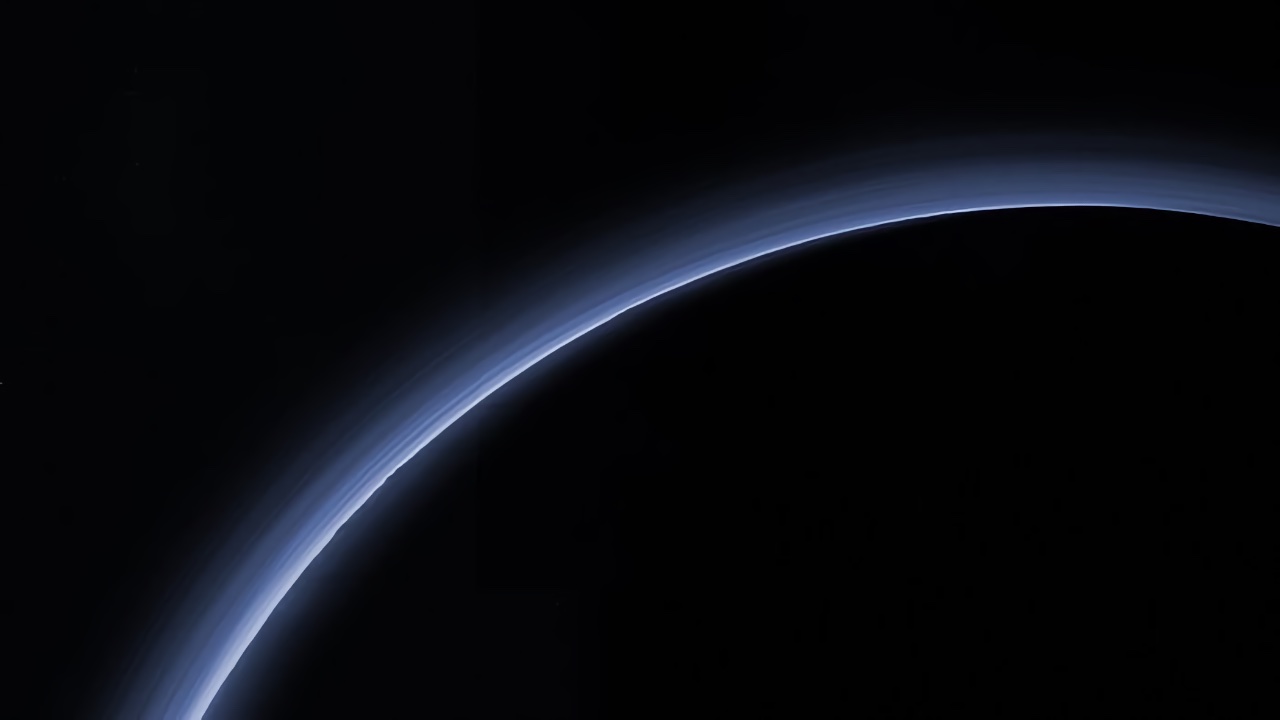Pluto's atmosphere is slowly disappearing, scientists claim

It is not always possible for celestial bodies to retain their atmosphere. If you don't believe me, ask Mars. A new study shows that the gases surrounding Pluto are gradually disappearing, turning back into ice as the dwarf planet moves further and further away from the Sun.
Pluto's atmosphere is created from evaporated ice on the surface, with small changes in temperature leading to large changes in the atmospheric bulk density. The largest known nitrogen glacier is Sputnik Planitia, the western part of the heart-shaped Tombaugh Regio region visible on Pluto's surface.
What
What discovered Pluto's atmosphere, already thin, consists mostly of nitrogen with small flecks of methane and carbon monoxide. As the surface temperature drops, this seems to cause nitrogen to freeze again, causing the atmosphere to fade.
An estimate has been made using what is known as occultation: using a distant star as an illuminator for telescopes on Earth to look at what's happening on Pluto. This is a tried and tested observational method widely used in astronomy.
Reason for the phenomenon
It currently takes the dwarf planet 248 Earth years to make one orbit around the Sun. At one point, it approached the Sun at a distance of 30 astronomical units (AU) - 30 times the distance between the Earth and the Sun.
However, this distance is now increasing, causing Pluto to receive less sunlight and lower temperatures. The increase in atmospheric density seen in 2015 is likely due to thermal inertia - residual heat trapped in nitrogen glaciers that responds with a delay to the increasing distance between Pluto and the Sun.
And even though Pluto is no longer considered a planet - this is still controversial among experts - it is still of interest to astronomers.
Source: sciencealert